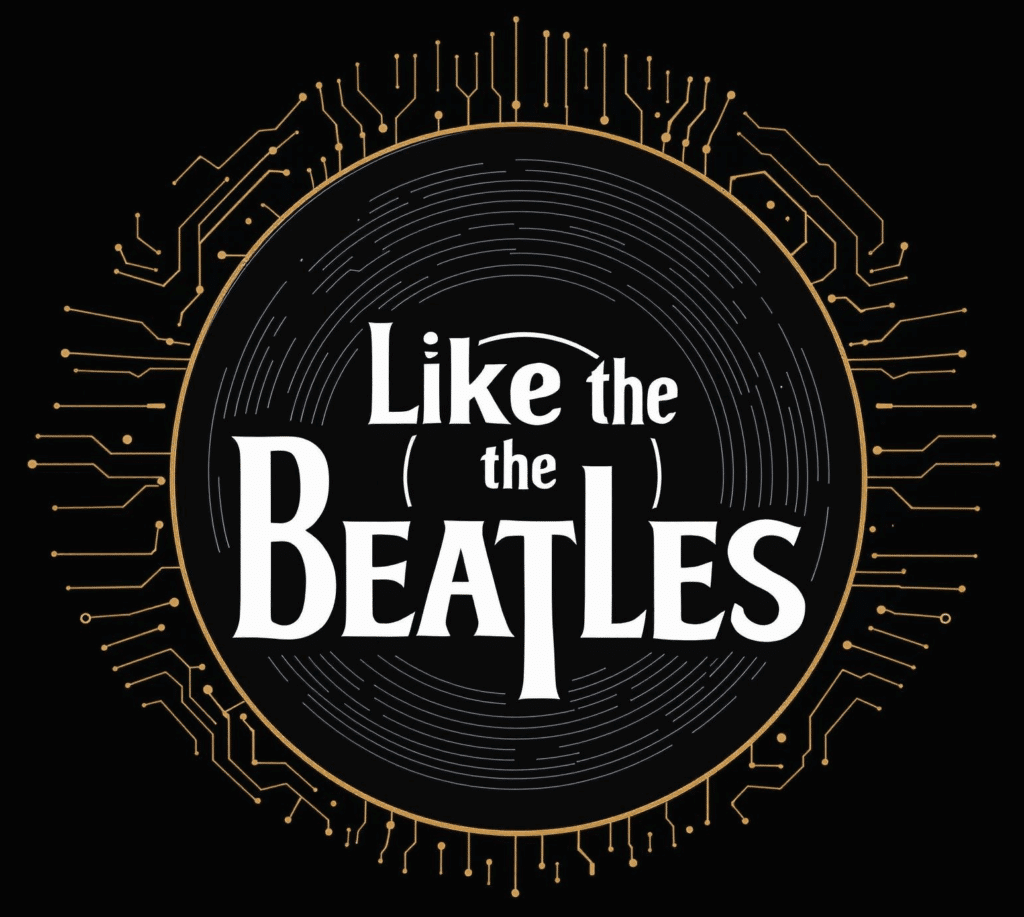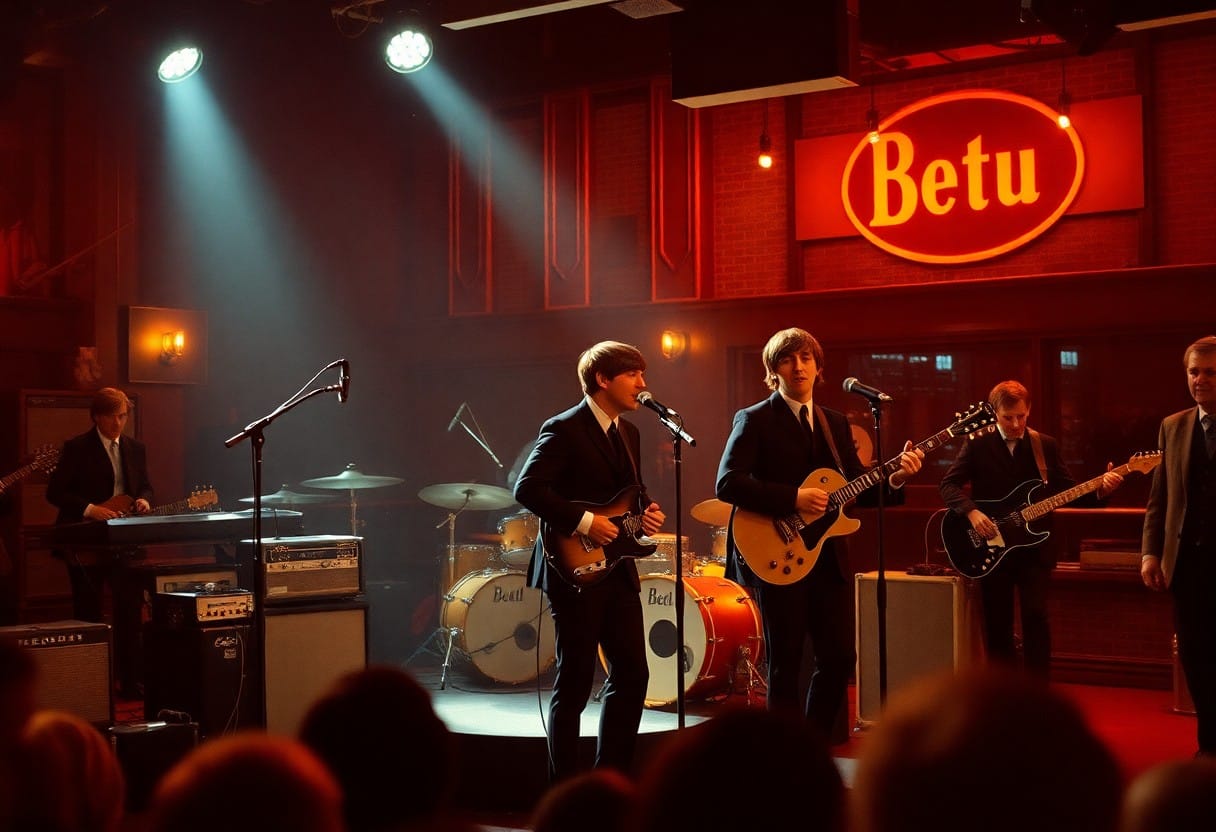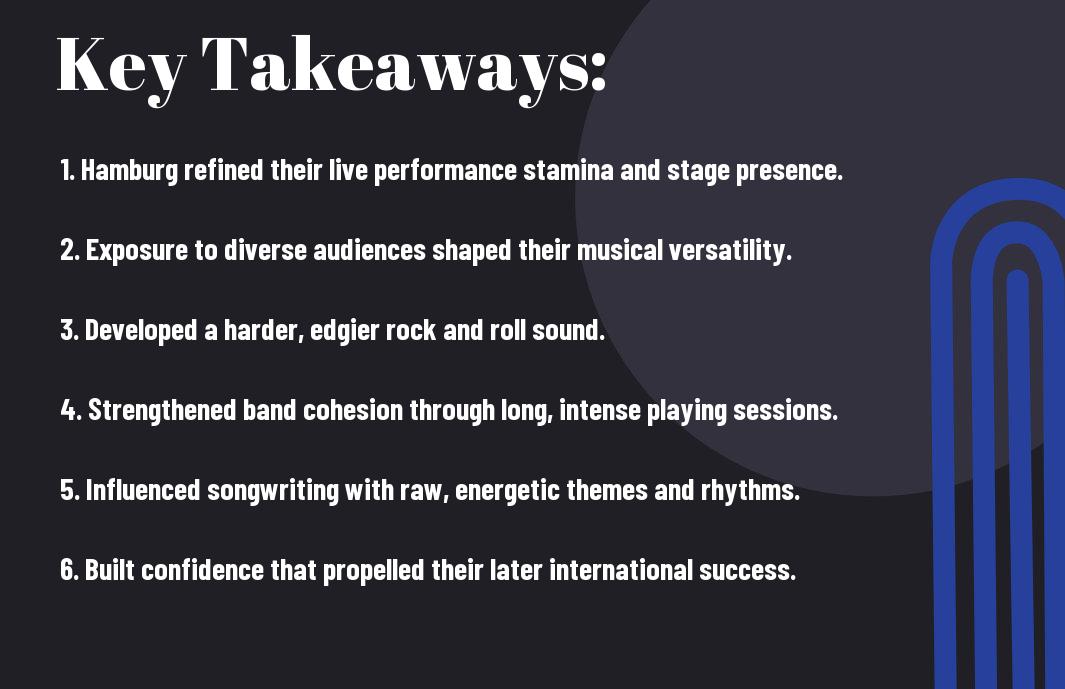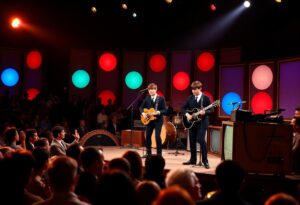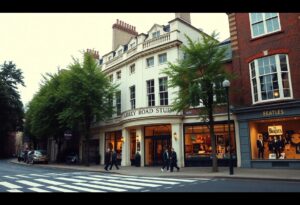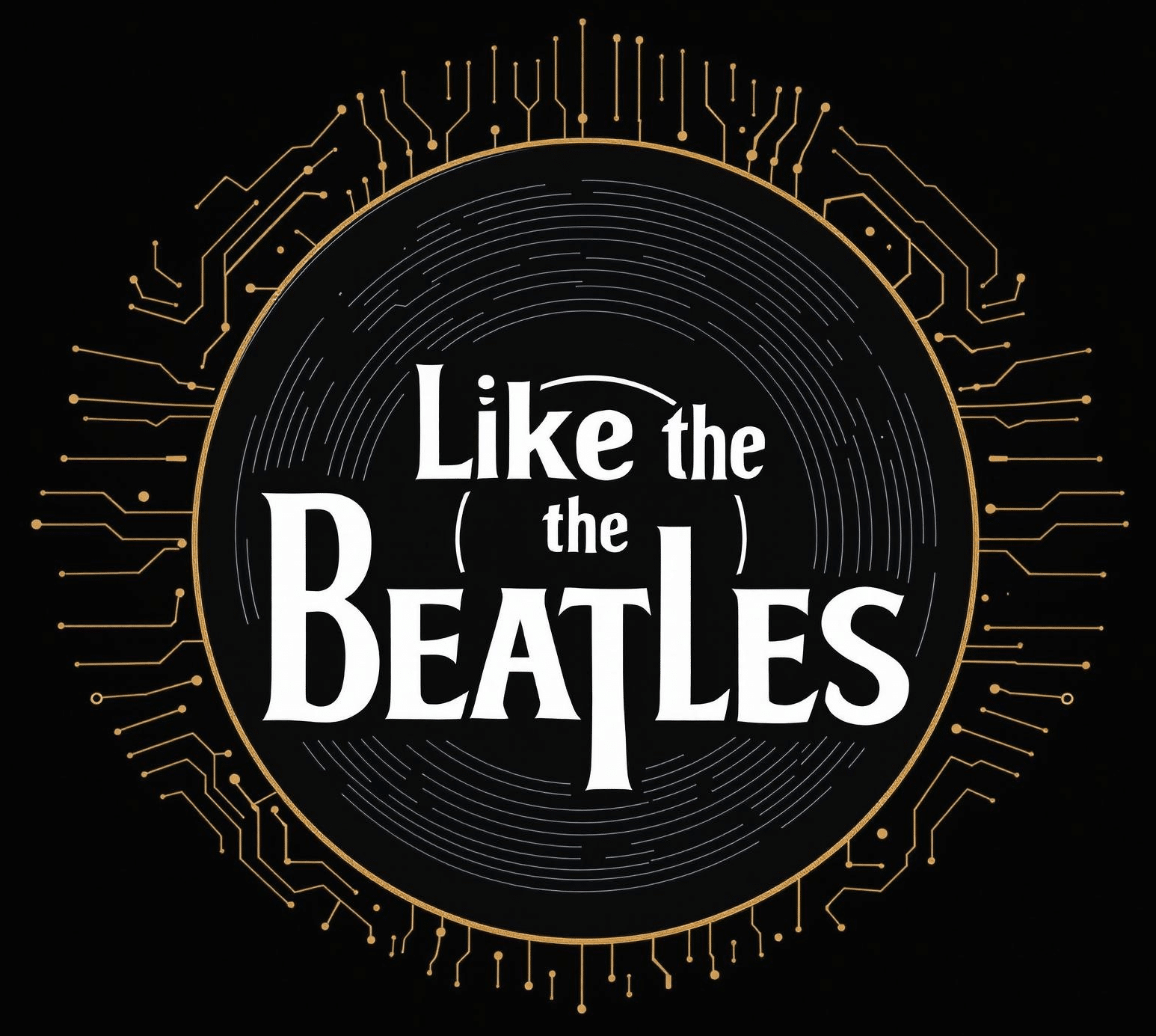It’s fascinating to explore how the Hamburg sound shaped the evolution of The Beatles, from their early days as a struggling band to their immense global influence. As you research into their journey, you’ll see how the late-night performances in Hamburg’s vibrant music scene not only honed their craft but also infused their music with a distinct energy and creativity. By examining their experiences in Germany, I aim to illuminate the key elements that transformed their sound and contributed to their legendary status in the music world.
The Hamburg Sound: Definition and Characteristics
While often defined by its raw energy and improvisational nature, the Hamburg Sound encompasses a blend of rock and roll, rhythm and blues, and jazz influences. Characterized by driving beats, enthusiastic performances, and a focus on energy over technical perfection, this vibrant sound fostered an environment where bands could experiment and grow. The atmosphere in Hamburg’s clubs encouraged musicians to hone their skills and develop their stage presence, making it a vital backdrop for the evolution of iconic bands like The Beatles.
Origins of the Hamburg Sound
Among the origins of the Hamburg Sound, the post-war music scene in Germany played a significant role. Musicians from various genres converged in Hamburg’s seedy yet exhilarating clubs, creating a melting pot of musical styles. As American rock and roll swept across Europe, artists began to adopt and adapt these sounds, giving rise to a unique local interpretation that would heavily influence many aspiring musicians.
Key Influences on Musical Style
Among the key influences on the Hamburg Sound were American rockabilly, blues, and rhythm and blues artists, whose energetic performances inspired local musicians. This connection to American roots gave rise to a distinctly vibrant atmosphere in which performers like The Beatles could flourish.
Due to this *dynamic mix of influences*, the Hamburg Sound encouraged bands to embrace their creativity while *pushing the boundaries of conventional musical styles*. You can hear the *infusion of rock and roll energy* in The Beatles’ early work, shaping their approach to songwriting and performance. The *constant interplay of improvisation and experimentation* in Hamburg’s clubs fostered a sense of authenticity, compelling artists like The Beatles to explore new territories in their music. Ultimately, this formative experience allowed them to transcend both *genre limitations* and *cultural barriers*, setting a foundation for their lasting legacy.
The Beatles’ Early Years in Hamburg
Some of the most transformative moments in The Beatles’ journey occurred during their early years in Hamburg. The vibrant nightlife and unique cultural scene provided a backdrop that shaped their musical identity. Performing relentlessly in various clubs, they honed their craft and developed a sound that would later resonate worldwide. This formative experience was instrumental in helping them navigate the complexities of the music industry and prepare for their monumental success.
Formation and Early Performances
Above all, The Beatles’ initial performances in Hamburg marked the foundation of their artistry. It was during these early gigs that they experimented with different styles and genres, pushing the boundaries of their musical expression. The intense schedule of performing up to eight hours a night forced them to refine their skills and develop their unique sound, setting the stage for their future collaborations.
Key Venues and Cultural Context
Before their rise to fame, The Beatles spent significant time performing in Hamburg’s infamous clubs, which played a central role in their development. Early venues like the Indra Club and Star-Club offered a raw, energetic atmosphere that influenced their music style. The cultural environment was vibrant yet challenging, as they were exposed to a mix of German rock and early American influences. This eclectic backdrop allowed them to thrive artistically and connect with a diverse audience, ultimately influencing their iconic sound.
Early in their Hamburg days, the atmosphere in these venues was electric, filled with a sense of freedom and a touch of danger. The Indra Club set the stage for countless performances, while the Star-Club drew larger crowds eager for rock and roll. I can see how the adrenaline of performing for late-night crowds shaped their rigorous work ethic. Encountering a rough-and-tumble environment, they faced challenges that demanded resilience, but it was also a golden opportunity to embrace the vibrant music culture. These experiences significantly informed the creative direction of The Beatles and fostered the camaraderie that would define them as a band.
Musical Evolution: Adapting the Hamburg Sound
After their extensive time in Hamburg, The Beatles began to incorporate a multitude of musical influences into their sound, which can be traced throughout their career. This period honed their skills, allowing them to adapt and innovate, which is why many contemporary artists are still inspired by them. If you’re interested in exploring 15 Bands Following In The Beatles’ Footsteps, you’ll see how the threads of their Hamburg experience remain woven into modern music.
Incorporation of Rhythmic Elements
For The Beatles, adapting the driving rhythms they encountered in Hamburg transformed their approach to music-making. The pulsating beats of rock and roll became a hallmark of their early tracks, enabling them to create an electrifying energy that drew crowds.
Vocal Harmonies and Songwriting Techniques
Adapting vocal harmonies became another defining characteristic of their sound, which set them apart from their contemporaries. The Beatles learned the intricate art of blending voices in Hamburg, creating a lush auditory experience.
In addition to harmonies, The Beatles honed songwriting techniques that emphasized lyrical storytelling and emotional depth. They developed a unique style by exploring diverse themes and experimenting with song structures. This innovation was evident in tracks like “A Day in the Life,” which showcased their ability to juxtapose contrasting ideas and rhythms. By skillfully merging harmonious melodies with poignant lyrics, I believe they captured the zeitgeist of their era, leaving a lasting impact on the music landscape.
The Impact on The Beatles’ Studio Work
Many elements of the Hamburg sound found their way into The Beatles’ studio recordings, transforming them from a local band into a global phenomenon. The raw energy and dynamic performance style honed during their time in Hamburg pushed the band to experiment with innovative sounds and techniques in the studio. This foundation of live performance directly influenced their diverse musical style, allowing them to evolve rapidly as both musicians and songwriters.
Shifting Styles in Subsequent Albums
Along their journey, The Beatles showcased an impressive ability to shift styles across their album releases. Starting from their early rock and roll roots, they experimented with pop, folk, and psychedelic influences, continually evolving while still maintaining echoes of their Hamburg days. This transformation allowed them to redefine music itself, appealing to an ever-growing audience and inspiring countless musicians.
Lasting Legacy of Hamburg Influences
Styles from Hamburg became a distinctive part of The Beatles’ identity, laying the groundwork for their future successes. They retained elements of the city’s improvisational spirit, which encouraged experimentation and creativity. Considering the depth of their Hamburg experiences, you can see how the blend of musical genres and authentic live performances not only shaped their sound but also left a lasting impact on the music industry. The Beatles showed us that embracing influences and adapting them can lead to innovative results, making their legacy all the more profound and influential in today’s music landscape.
Comparisons with Other Influential Musicians
To understand the impact of the Hamburg Sound on The Beatles, it is important to compare their journey with other influential musicians of that era. The Beatles collaborated with and drew inspiration from various artists, enhancing their musical repertoire and style.
| Artist | Influence on The Beatles |
|---|---|
| Chuck Berry | Rock and roll rhythm and storytelling lyrics. |
| Little Richard | Energetic performance style and vocal techniques. |
| Buddy Holly | Melodic sensibilities and innovative songwriting. |
Collaborative Nature of the Scene
Nature played a significant role in the development of The Beatles’ sound. The lively and dynamic environment of Hamburg fostered collaboration among musicians. This exchange of ideas and styles created a community where artists, including The Beatles, could experiment and grow, combining their unique strengths.
Shared Influences and Styles
Shared influences within the Hamburg music scene shaped The Beatles significantly. Artists like Chuck Berry and Little Richard didn’t just provide musical inspiration; they set the stage for a collaborative exchange that allowed The Beatles to merge different genres and styles. The community atmosphere encouraged a spirit of innovation, resulting in music that was not only reflective of their influences but also bold in its originality. This creative melting pot made The Beatles’ sound both rich and diverse, pulling from various musical traditions while establishing a unique identity.
Comparisons with other artists highlight how The Beatles drew from their environment and contemporaries for inspiration. Their acknowledgment of influences, while maintaining their individual artistry, exemplifies a positive outcome from the competitive yet supportive atmosphere of Hamburg. Such interactions encouraged a genre-defining journey that shaped modern rock music. Through engagement with fellow artists, The Beatles cultivated a sound that was both revolutionary and deeply rooted in their passion for music.
Summing up
The Hamburg sound played a vital role in shaping the Beatles’ music throughout their career. As I explored their journey, I noticed how the raw energy and improvisation of their early performances in Hamburg honed their skills and defined their style. You can see the influence in their songwriting, arrangement, and stage presence, which evolved from their formative years to their later works. Ultimately, Hamburg was more than just a backdrop; it was a transformative experience that laid the foundation for the iconic sound we associate with the Beatles today.
